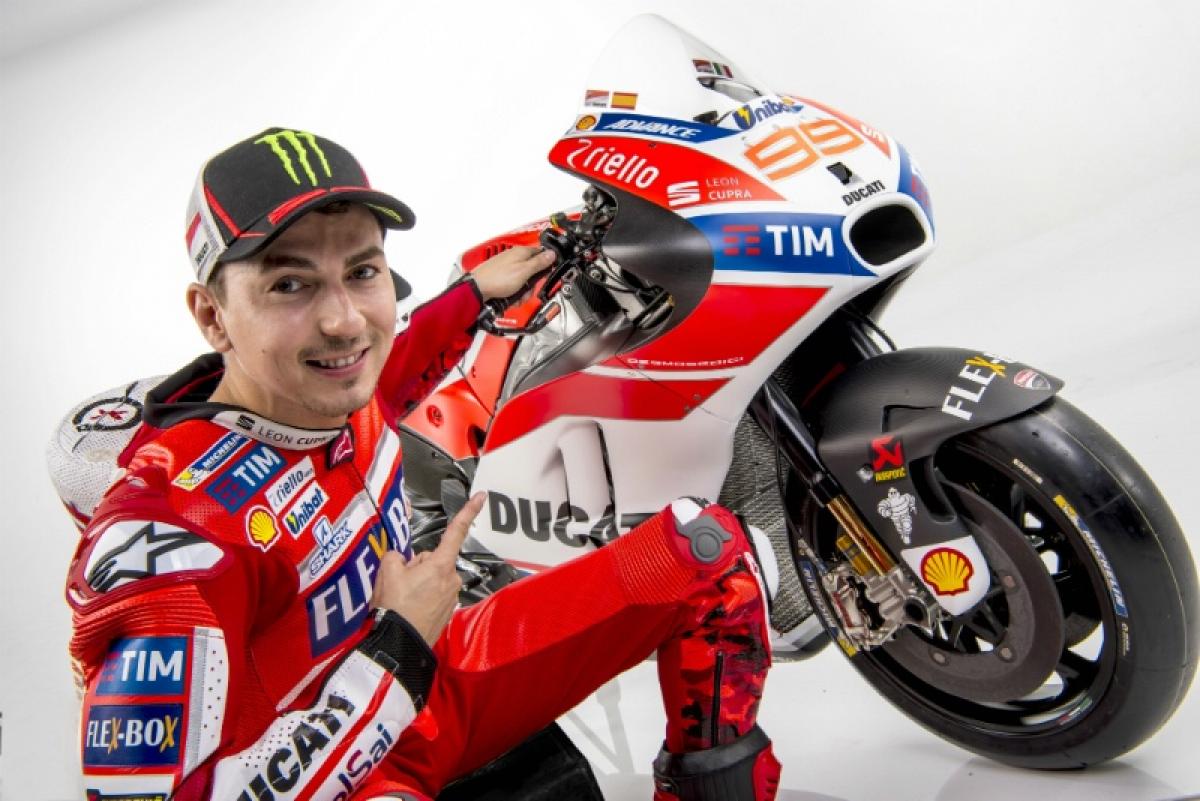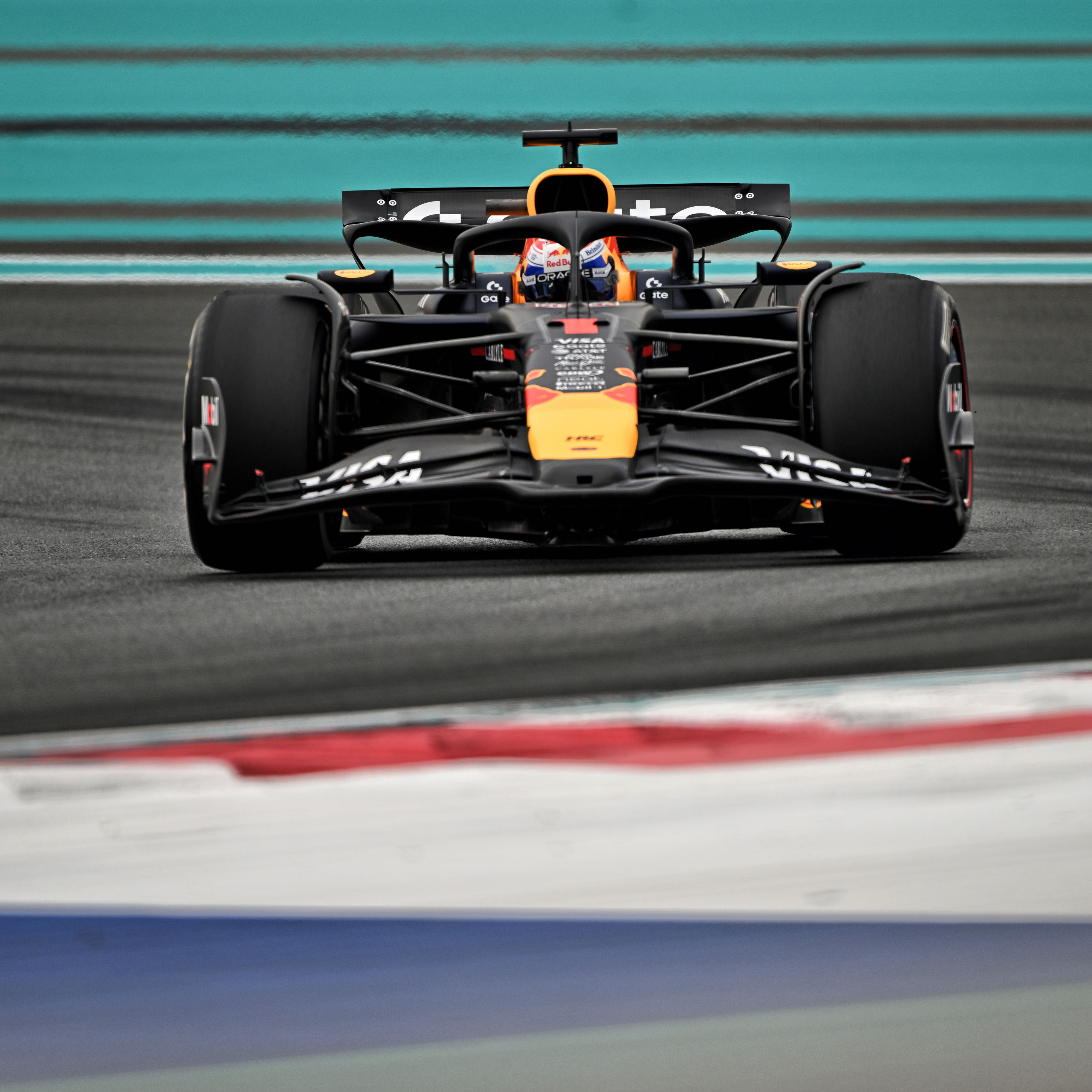Provisional 2017 MotoGP rules released

UPDATE: We contacted MotoGP technical director Danny Aldridge for further info on the 'one-off exemption' for 2016 fairings. Aldridge confirmed that any such 2016 designs must fit within the revised 2017 regulations (so all wings must be removed).
The provisional rules for this year's MotoGP World Championship have been published by the FIM.
While most of the amendments are as previously announced - and some changes were introduced with immediate effect during 2016 - new details are provided, most notably regarding bodywork and aerodynamics, following the ban on wings.
 |
This includes new restrictions on the maximum width (300mm) and length (370mm) of the windscreen. The limit of the front bodywork is now 150mm ahead of the front wheel spindle, rather than the leading edge of the front tyre. The maximum width of bodywork remains 600mm. Full bodywork dimensions are shown above.
The definition of winglets and other aerodynamic devices is as previously revealed, but a new section explains how the new restriction on in-season fairing updates will actually work.
 |
The new section is titled 'MotoGP Aero Body Homologation' and begins by stating that the two components covered by this rule are the Front Fairing and Front Fender. It only applies to the 'external shape' and not the windscreen, cooling ducts, fairing supports, or any other parts inside the bodywork.
A summary of the homologation system and allowed updates is as follows:
1. Samples or detailed drawings of the two Aero Body components (Fairing and Fender) must be delivered to the Technical Director at the first event of the season.
2. Homologation is 'per-rider', so different riders with the same motorcycle manufacturer may have different Aero Bodies.
3. One update to the Fairing and one update to the Front Fender is allowed during the season, for each rider. Samples or drawings must be delivered to the Technical Director prior to the update being used on track.
The update may consist of a previously-homologated component from the same manufacturer, so a satellite team may receive a fairing already used by the factory team.
Both the updated and original fairing or fender may be used by the rider for the rest of the season. Parts cannot be interchanged between the updated and original versions of a component, but the old fairing may be used alongside a new fender and vice versa.
4. It is allowed that some parts of a homologated Aero Body component may not be mounted on the motorcycle (eg. hand guards used in wet weather only).
5. Material may be removed (eg. trimming, drilling of holes, etc.) but not be added.
6. As a one-off exemption for the first year of Aero Body Homologation, one 2016 Aero Body can be homologated for use in the 2017 season. Therefore a rider may start the 2017 season with both the 2016 and an initial 2017 Aero Body available. Such 2016 components must be identified and homologated by the Technical Director prior to the end of the last event of the 2016 season.
When a rider receives a further 2017 update, either the 2016 or initial 2017 component must be removed, so that only two options are available per rider at any time.
7. Manufacturers in their first MotoGP season (KTM in 2017) are permitted to make an unlimited number of Aero Body updates.
Interestingly, it seems that at least some of the fairings on display during the upcoming team launches and even pre-season tests may not be the 'real' 2017 race versions. Instead, as suspected, teams could keep their final fairing designs a secret until the last moment, knowing only one update can be made by their main rivals once the season starts. GPOne.com reports Ducati is planning just such strategy.
 |
Other amendments to the ECU rules include a new section warning "It is not permitted to override in any way the Official MotoGP ECU software strategies outputs, regardless of whether this may be achieved without altering the ECU outputs to the actuators (eg. overriding tools designed for dyno calibration purposes are not permitted to be used on track)."
Calibration parameters must also "remain fixed while the machine is running on track" and only changed "when the machine is stationary in the pit lane, pit box or paddock [update: or if outside of track sessions, such as on the grid]. It is permitted to switch between different fixed sets of parameters while the machine is moving (ie. maps switching), but this can only be done by the rider's manual input."
 |
A maximum of four team staff per rider may assist in the machine change, other team members must remain in the pit box. The four staff will be identified by compulsory wearing of a helmet, approved by the Technical Director.
It is forbidden for the spare machine to be in gear before the rider changes bikes, only the rider may engage the gear (it is permitted for a team member to hold the clutch lever), the penalty for breach of this rule is disqualification.
 |
A new section covers the procedure if a machine fails post-qualifying or post-race technical checks due to verified damage or technical issues on-track.
If under the minimum weight due to a loss of fluid, the Technical Director may approve the fluid to be replenished to the levels as declared by the Manufacturer at the start of the season.
If it is necessary to replace a damaged part to accommodate the fluid (eg. radiator), this will be permitted only under the supervision of the Technical Director who will confirm that the new part is identical to the damaged part.
If under the minimum weight due to a loss of material of parts, the Technical Director may approve the replacement of the part(s). This also applies to damaged exhaust systems causing a machine to exceed maximum noise levels.
Missing ballast weights will only be permitted to be replaced if they are found and returned to Technical Control by the Organisers.
 |
Here is a quick-fire list of other 2017 regulation changes for the MotoGP class:
* Thursday (Wednesday in Qatar) track familiarisation using scooters is banned. Such laps can now only be made by bicycle or on foot, in the circuit direction.
* The 14-day ban on testing at a circuit prior to a Grand Prix is confirmed as being 14-days before technical and sporting checks, which are held on the Thursday of a race weekend (Wednesday for Qatar).
*Tyres for contracted riders at official tests will no longer be counted as part of a team's Test Tyre Allocation.
* Tyre Air Pressure Sensors (TAPS) to monitor and log tyre pressure and temperature are mandatory. The use of any device on the wheel to adjust tyre pressure whilst on track is prohibited.
* Front slick tyre allocation: 10 in total, comprised of up to 5 of specification A, up to 5 of specification B and up to 5 of specification C.
* Rear tyre allocation: 12 in total, comprised of up to 6 of specification A, up 5 of specification B, up to 4 of specification C. Riders who participate in both Q1 and Q2 will be allocated one extra rear slick of specification A (highest grip level) after Q2. The total rear slick allocation for these riders remains at 12, so any extra tyre taken will replace an unused rear slick from the original allocation.
*From 2018 it will be mandatory for leather suits to be fitted with an Airbag system.
* To remove any possible doubt over the potential use of energy-storage devices such as KERS, MotoGP is defined as a championship for "vehicles with two wheels that make one track propelled only by an internal combustion engine, controlled by one rider."












